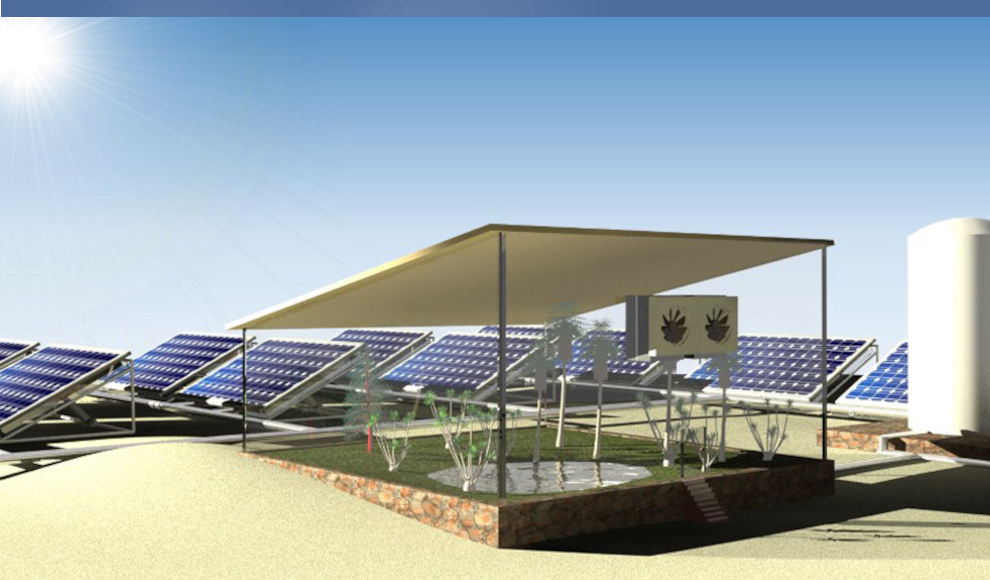A new hydrogel has been developed that allows for the production of electricity and water in the desert through solar panels. In many desert regions, residents not only lack access to drinking water but also to electricity for pumps and other agricultural equipment. However, it is difficult to lay water and power lines in these remote areas. Decentralized facilities that can be built on-site are a solution to this problem. Scientists at the King Abdullah University of Science and Technology (KAUST) have developed a system that can produce water and electricity in the desert. The system, called WEC2P, consists of two components that are connected by a hydrogel. The polymer framework of the hydrogel is made up of the salt calcium chloride and the organic compound polyacrylamide, which can bind large amounts of water. The hydrogel is also water-attracting even at lower humidity levels.
The hydrogel helps with both electricity generation and water production. During cool desert nights, the hydrogel absorbs water from the air. During the day, the hydrogel releases the water due to the heat of the sun and the solar panels. This water can be used for agriculture, and it also absorbs some of the heat from the solar cells, increasing their efficiency. In April and May 2021, the team tested the system in the Saudi Arabian desert. Without the hydrogel, the photovoltaic modules heated up to 90 degrees Celsius during the day. With the hydrogel, the temperature was 13 to 14 degrees Celsius lower on average, resulting in a 9 to 9.9 percent increase in electricity output.
The system was able to produce 600 milliliters of water per day with a 30 by 60 centimeter solar cell and a condensation box, enough to grow spinach seedlings in the desert. The goal is to develop an integrated system for clean energy, water, and food production. The hydrogel’s water-attracting properties make it unique among other agro-photovoltaic approaches. The team hopes that their system can contribute to the UN’s sustainability goals of providing access to clean water and affordable clean energy for everyone on the planet.










